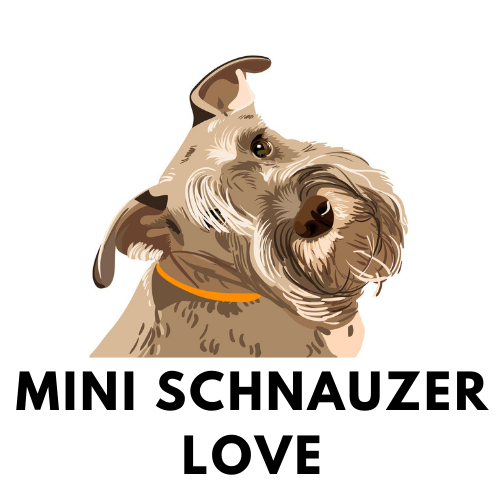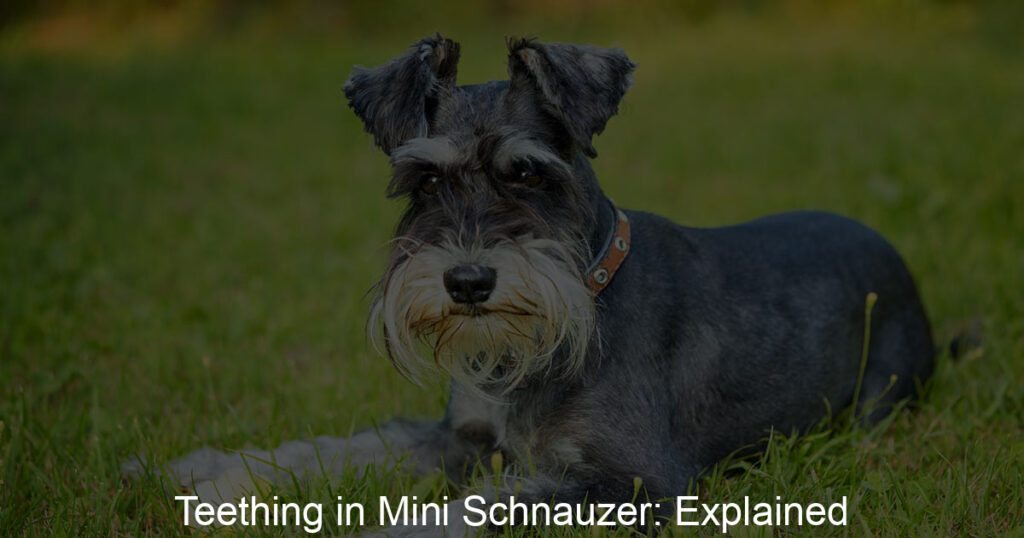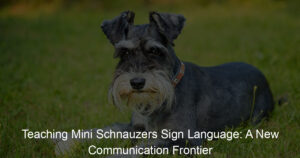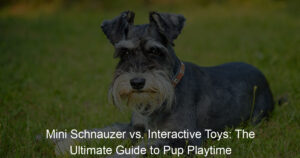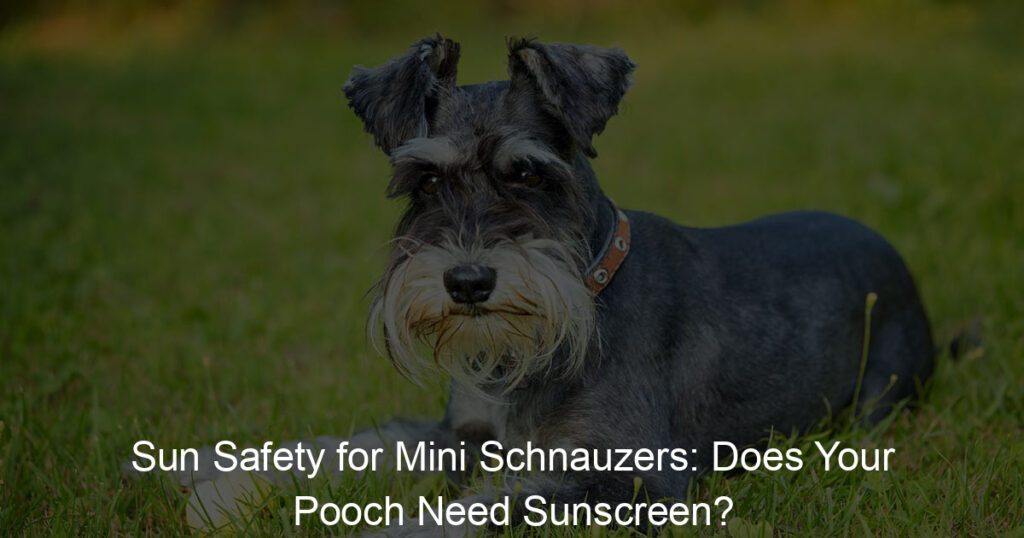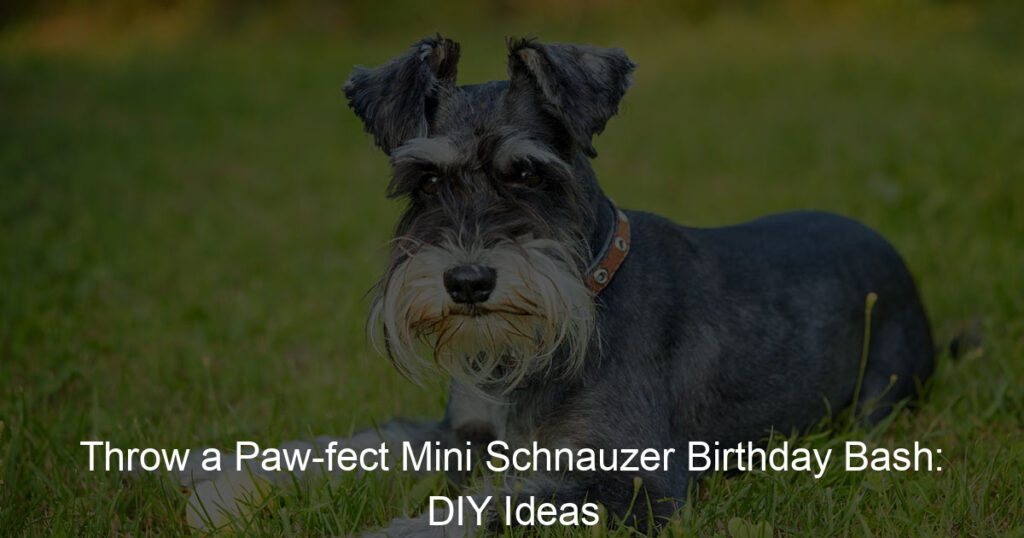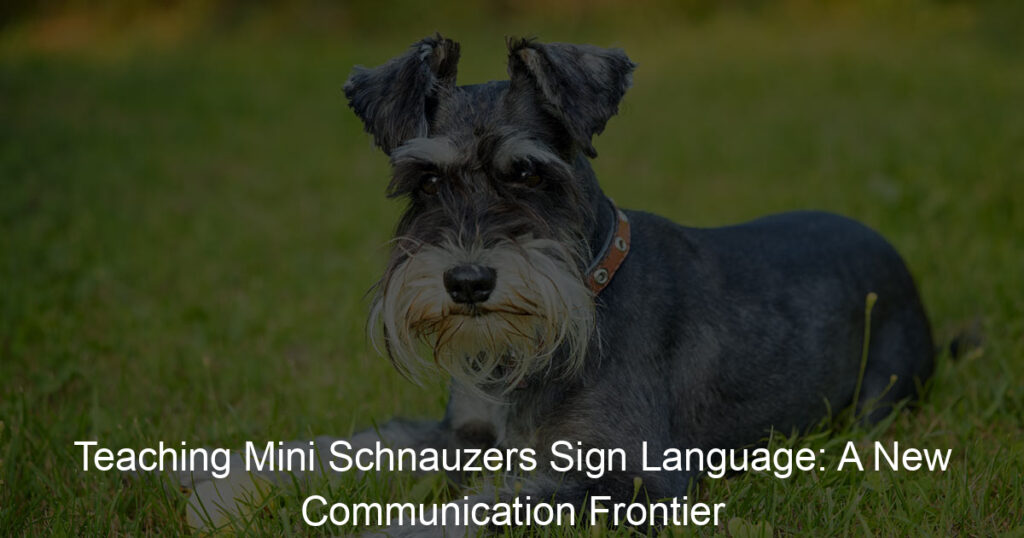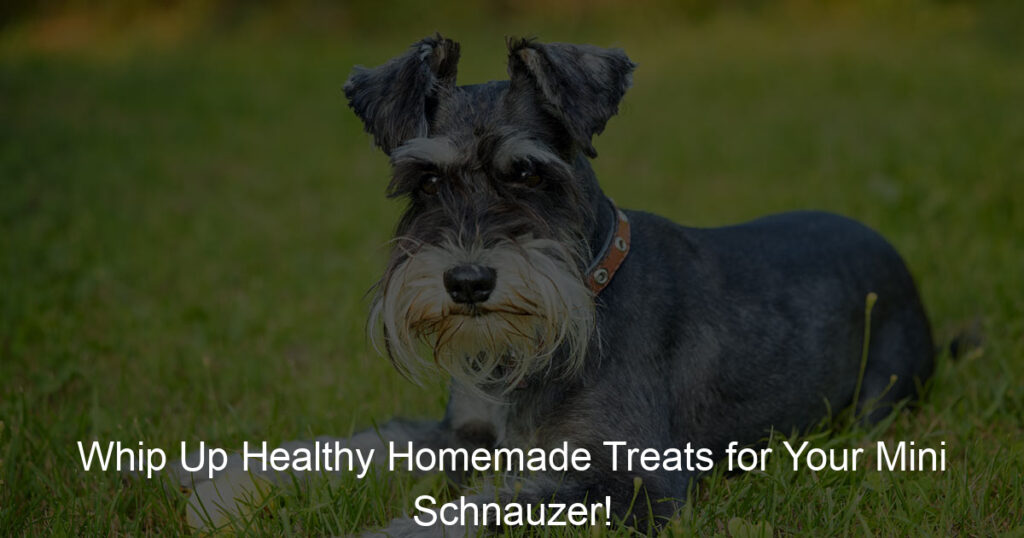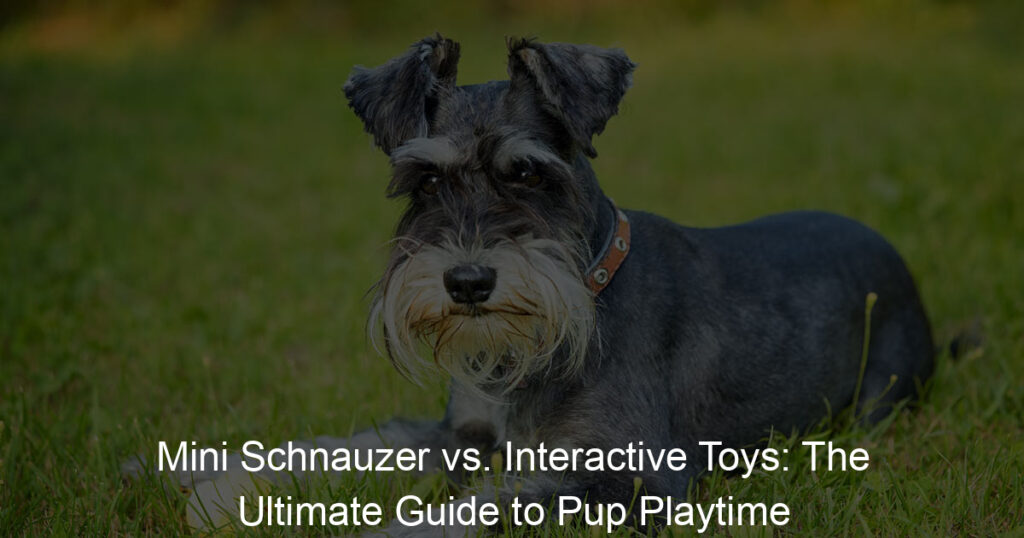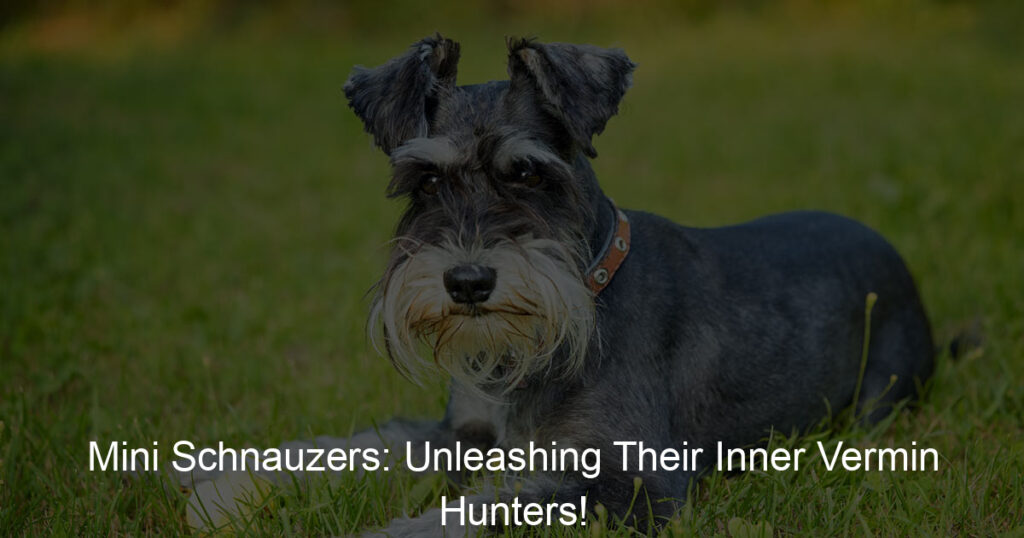Is your mini schnauzer starting to grow in some new teeth? While it may be tempting to fret over the discomfort and pain that often comes along with teething, it’s important to remember that this is a perfectly normal and necessary part of growing up.
In this blog post, we’ll explain everything you need to know about teething in miniature schnauzers so you can help comfort your pup and make sure he or she goes through the process as smoothly as possible. Read on for more!
At what age do miniature schnauzers start teething?
Miniature schnauzers are energetic, strong-willed, and brave little dogs that make enjoyable companions. They usually begin teething at around three months old. During this time their 28 puppy teeth will start to be replaced by 42 adult teeth, a process which is often painful and uncomfortable as the new teeth come in.
Pet parents can help alleviate some of the discomforts with chew toys and treats designed for teething puppies so that their furry pal can get through this stage without too much misery!
At what age do miniature schnauzers stop teething?
Just like all puppies, miniature schnauzers go through the teething process. Unlike some other breeds, they typically finish teething around 6 months of age. This means owners have only a limited period of time to deal with any discomfort their puppy may be experiencing due to teething.
Generally, owners should provide chew toys during this phase so that their schnauzer has something appropriate to gnaw on and satisfies their urge to chomp on inappropriate items.
Young pups will experience soreness due to teething, so it’s a good idea for owners to offer frozen green beans or ice blocks during this stage if your pet seems uncomfortable. After about 6 months you can expect your pup’s permanent set of teeth will be in place.
How do dogs act when they are teething?
Dog teething isn’t on most people’s radar when they first adopt a pup, but sooner or later, every pup is going to be going through it. During the teething process, your dog might become much more prone to chewing and biting than usual.
This can manifest in a wide variety of ways such as chewing on hands or clothing, gnawing at furniture, or any kind of inappropriate object. If your furry friend becomes particularly agitated during this time, simply playing with them and offering them appropriate chew toys will help keep their energy focused more positively.
Whatever happens, remember that it is all part of life with a growing pup, and try to have patience during the process!
What age is dog teething The worst?
Dog teething is a difficult process – especially for owners who have to deal with the chewing of their furniture. Generally speaking, it is a good rule of thumb that dogs go through teething between 4 and 6 months old. This can be a trying experience during that time, as puppies will start getting in the habit of chewing on things.
However, the worst part of this stage tends to happen between 5 and 7 months old when growing teeth cause them even further discomfort and an increased desire to chew objects around them. Thankfully dogs tend to pass through this teething process relatively quickly.
How can I ease my dog’s teething pain?
A common problem for new puppy parents is trying to ease their pup’s teething woes. With the constant chewing and overly sensitive gums, it can be difficult to know where to start. The best way to manage teething pain is to provide your dog with a variety of soft, chewable items such as rawhide chews, puppy treats, and specially built toys that are made for teething puppies.
In addition, ensure your pet has access to a cool water dish which will help reduce any soreness or inflammation they may be experiencing. Finally, if these steps don’t seem to help, talk with your vet who may be able to prescribe a medicated option that can help relieve your pup’s discomfort.
Conclusion
The truth of the matter is that teething can be a trying time for both you and your Mini Schnauzer pup. It can be difficult to watch them go through it, but being well-informed about the process and having proper resources at hand can make the process much easier.
Thankfully, the teething phase is usually over within a few months, allowing you and your pup to take on the world together – with their set of teeth firmly in place! No matter what your Mini Schnauzer’s teeth look like in the end, remember that they will always be as cute as ever.
Make sure to take lots of photos along this journey so you can look back fondly on this key moment in your pup’s development!
